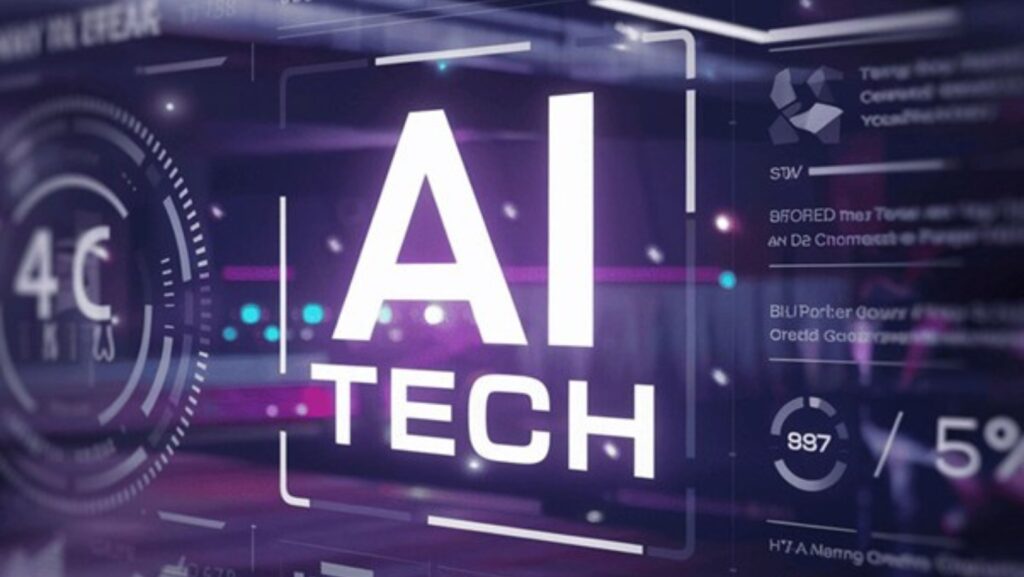The digital world is changing at a rapid pace, and with it, customer expectations are reaching new heights. Users are seeking smoother, more personalized, and enriching experiences at all touchpoints.
In the pursuit of rich user experience (UX), artificial intelligence (AI) has been a game-changer, especially in areas like chatbots and virtual assistants. While text-based communications have been the standard, the incorporation of AI voices through the use of AI voice generator tools like Murf AI is changing these online communications, bringing an element of human-like touch that dramatically raises the level of personalization. Read on to learn how AI voices in virtual assistants and chatbots are personalizing the user experience.
The Rise of Conversational AI
Traditional chatbots are usually pre-programmed in their responses, and they tend to come across as impersonal and robotic. They cannot interpret subtle questions and tend to create frustrating interactions.
Conversational AI, on the other hand, built on Natural Language Processing (NLP) and Machine Learning (ML), improves upon these restrictions by allowing virtual assistants and chatbots to hear and respond to user questions more naturally and personally.
This move from traditional AI has opened up space for more naturalistic interactions because these systems have the ability to analyze user patterns, recognize context, and return responses accordingly.
Yet, despite powerful NLP, text-based dialogue still cannot quite capture the warmth and empathy of human interaction. AI voices enter the picture at this point. Adding a voice dimension, chatbots and virtual assistants move beyond the limitations of text into a more compelling, personalized experience.
AI voices are able to convey emotion, tone, and personality, making interactions feel more natural and human and creating a deeper bond with the user, resulting in greater engagement, satisfaction, and, eventually, loyalty.
AI Voices Personalizing The User Experience
AI voices’ personalization is much more than just text-to-speech. It includes a variety of features that add up to a more personalized and engaging user experience:

- Human-like intonation and emotion: High-end AI voice technology can replicate human speech patterns, including intonation, rhythm, and pauses. This enables chatbots and virtual assistants to convey emotions, such as empathy, excitement, or helpfulness, making the interaction more natural and relatable.
- Multilingual support: Multilingual assistance matters in today’s globally connected world. AI is programmable to support several languages, which allows companies to engage with a multicultural user base. Beyond convenience, this demonstrates that a company believes in inclusivity and enhances the experience for the user.
- Personalized voice profiles: AI voice technology enables the development of custom voice profiles that can be personalized to individual brands or even end-users. A high-end brand may choose a sophisticated and elegant voice, whereas a tech firm may select a more dynamic and youthful voice. Users may even customize their experience by choosing a voice that aligns with their tastes.
- Contextual awareness: Merging AI voices with contextual awareness enables chatbots and virtual assistants to recognize the conversational context and respond accordingly. For instance, when a user is speaking about a technical problem, the AI voice can use a more informative and consultative tone.
- Accessibility for persons with disabilities: For persons who are visually impaired, AI voices provide a strong benefit. They can use digital services and read information without visual interfaces. It enhances accessibility and enables persons with disabilities to effectively use technology.
Applications of AI voices in Chatbots and Virtual Assistants
The uses of AI voices for virtual assistants and chatbots are numerous and extend to several sectors:

- Sales and marketing: AI voice chatbots can be utilized to talk to potential buyers, offer product details, and even seal sales. Personalizing the conversation on the basis of user interests and previous interactions can lead to very high conversion rates.
- Customer service: Voice assistants powered by AI can manage a multitude of customer service operations, from responding to routine questions to solving intricate problems. The one-to-one and human-like interaction provided by AI voices can greatly enhance the level of customer satisfaction and lighten the burden on human agents.
- Healthcare: The appointments, medications, and responses to patient queries can be taken by AI voice assistants. There is great help provided in empathy and calming behavior of AI voices in stressful situations when in healthcare because sometimes patients tend to get nervous while in contact with them.
- Education: AI voice instructors can give one-on-one lessons and feedback to students, responding to their unique learning styles. The engaging and interactive qualities of AI voices can make learning more fun and efficient.
- Entertainment: AI voice assistants can be employed to develop interactive story experiences, personalized music suggestions, and even virtual friends. The entertainment applications are limitless.
Conclusion
User experience is being transformed by AI voices as they are adding a layer of human-like connection to virtual assistants and chatbots. They are personalizing interactions and enhancing engagement.
What do you think of using AI voices in virtual assistants and chatbots? Share your thoughts.


More Stories
How Technology is Changing the Way Small Businesses Sell Online
What Is a Cyber Attack and How Can You Prevent It?
Smarter Tech Investments: Reasons Why US Businesses Are Choosing Custom Software over Off-the-Shelf Solutions